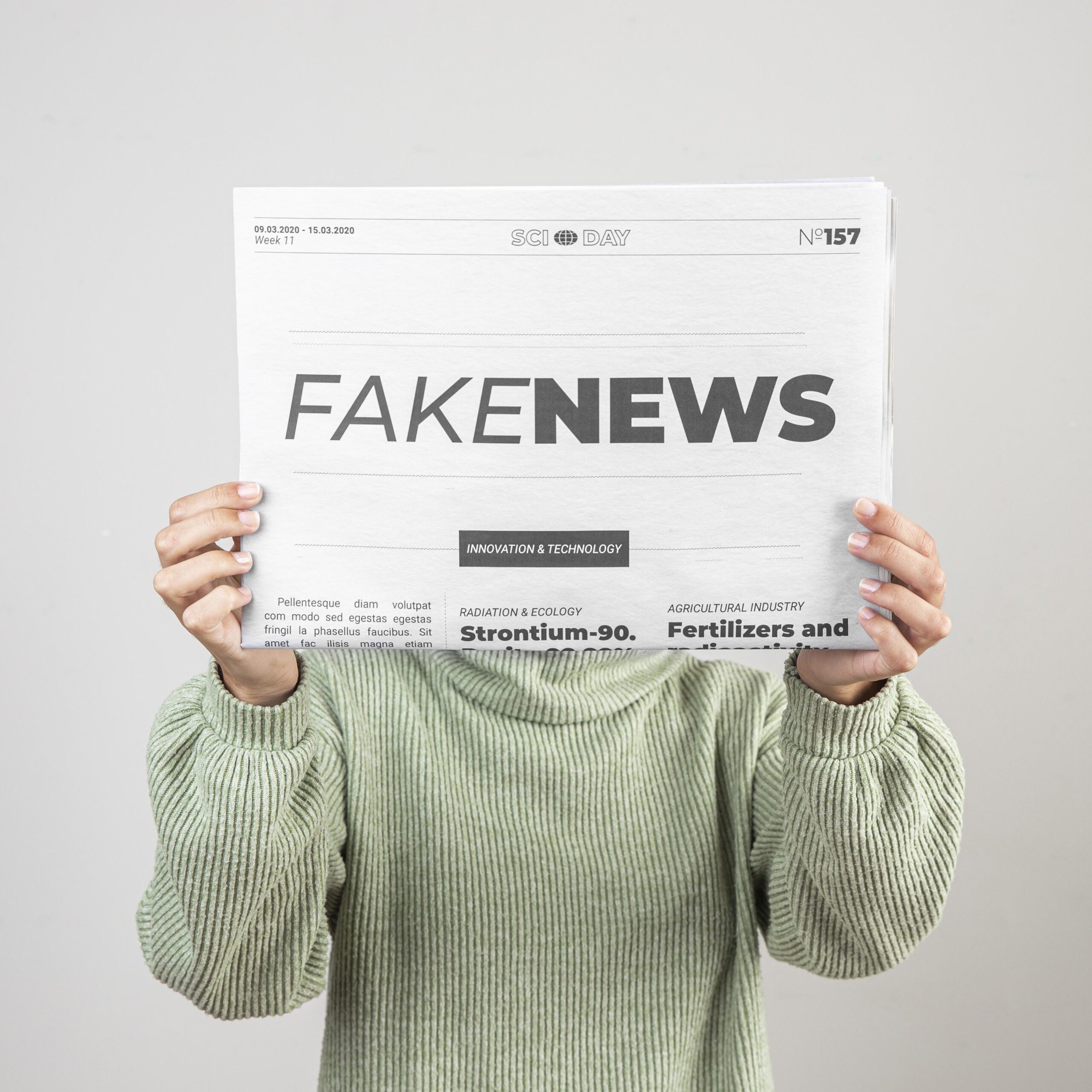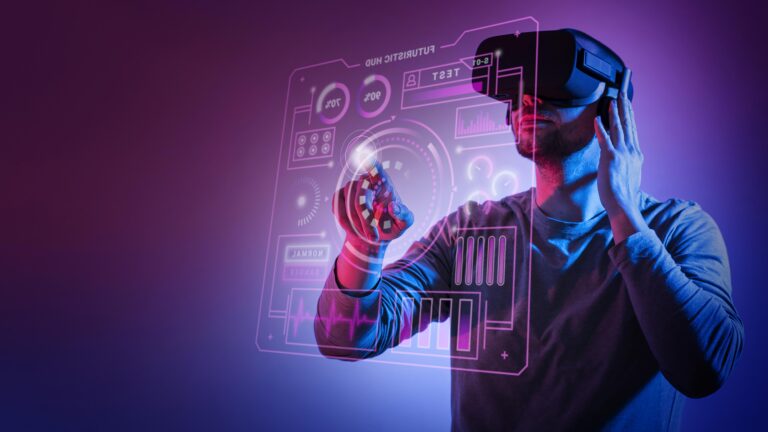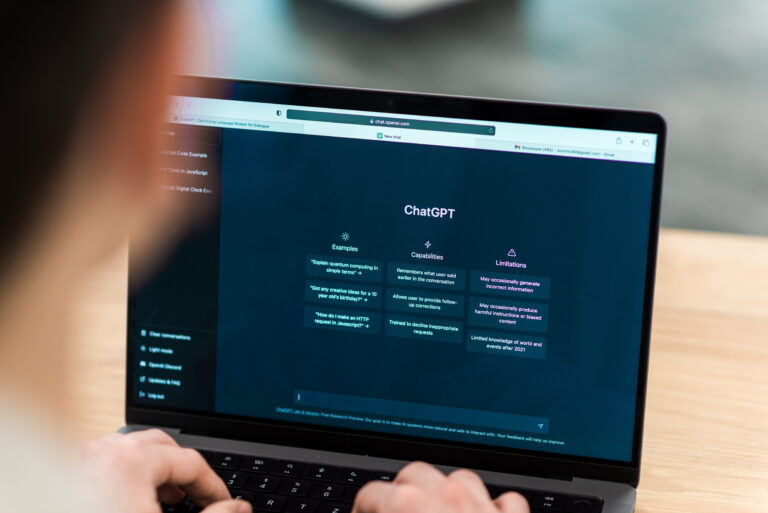
Introduction
We live in an era where information travels at the speed of a click. Social media platforms, messaging apps, and online news sites allow millions of people to access and share content instantly. But this same power has a darker side: the spread of misinformation — false or misleading information that circulates faster and more widely than truth ever could.
It’s not a new problem, but the digital ecosystem has magnified it to an unprecedented scale. Every share, like, or retweet can amplify a lie, giving it credibility simply because it’s visible. The result is a society increasingly divided, confused, and emotionally manipulated by headlines designed to provoke rather than inform.
Understanding why fake news spreads faster than real news is essential if we want to protect not only democracy but also our ability to think critically and trust information again.
Why Fake News Spreads So Quickly
In 2018, a massive study by the Massachusetts Institute of Technology (MIT) analyzed over 126,000 news stories shared on Twitter. The results were alarming: false news spread six times faster than true stories and reached more people. The reason wasn’t bots or algorithms — it was humans.
Researchers found that people are more likely to share false news because it’s novel, emotional, and surprising. Fake headlines are designed to trigger strong reactions — outrage, fear, amazement — that push users to hit “share” before checking accuracy.
Psychologically, our brains are wired to respond more intensely to emotionally charged information. It’s a survival mechanism, but in the digital world, it becomes a vulnerability. The more something shocks or angers us, the more we spread it — and social platforms reward that behavior through visibility and engagement.

The Role of Algorithms
Social media algorithms don’t distinguish truth from falsehood; they only measure engagement. The more clicks, comments, and reactions a post gets, the more it’s promoted. As a result, misinformation thrives in the same system that keeps people scrolling.
A report from the University of Oxford’s Internet Institute showed that engagement-driven algorithms tend to prioritize polarizing or sensational content because it keeps users active for longer. This creates information bubbles— personalized digital environments where people mainly see content that reinforces their existing beliefs.
Over time, users become trapped in echo chambers where opposing views rarely appear. This fuels confirmation bias, the tendency to believe information that supports our opinions while dismissing anything that challenges them.
Psychological Factors Behind Misinformation
Beyond algorithms, misinformation spreads because it satisfies human emotions and needs. Psychologists have identified several key factors:
- Cognitive overload: The modern brain is bombarded with information. When we scroll through hundreds of posts a day, our ability to fact-check declines. We rely on intuition instead of analysis.
- Social validation: Sharing news — even false — can signal intelligence or belonging to a group. It’s part of our identity online.
- Moral outrage: Studies from Yale University found that posts expressing outrage spread faster because they generate more engagement. Fake news often exploits this dynamic by provoking anger or fear.
In short, misinformation isn’t just a technological issue — it’s a psychological one. It preys on how we feel and react more than on what we actually think.
The Emotional Design of Fake News
Fake news isn’t random. It’s crafted to look credible and provoke instant emotion. Short sentences, dramatic headlines, and powerful visuals are all tools designed to bypass critical thinking.
A Stanford University study on media literacy revealed that 82% of students couldn’t distinguish a real news article from a sponsored post or misinformation piece. Even adults with higher education levels often fail to verify sources before sharing.
What makes fake news so dangerous is that emotion spreads faster than logic. A powerful image or a simple phrase like “They don’t want you to know this” can reach millions before anyone checks the facts.
Consequences for Society
The impact of online misinformation goes far beyond confusion. It affects public health, politics, and social trust.
During the COVID-19 pandemic, for example, the World Health Organization coined the term “infodemic” to describe the wave of false information that undermined public health measures. Misinformation about vaccines, masks, and treatments cost lives.
In politics, fake news campaigns have influenced elections in the United States, Brazil, and several European countries, exploiting social media to manipulate voters’ emotions and amplify division.
The result is a global decline in trust — not just in institutions or the media, but in the very concept of truth. When everything is questionable, nothing feels reliable.
Fighting Misinformation: A Shared Responsibility
Combating misinformation requires a mix of education, technology, and personal responsibility. Platforms like Twitter (now X), Meta, and YouTube have introduced fact-checking tools and warnings for potentially misleading content, but these measures are not enough.
Experts agree that digital literacy — the ability to critically evaluate information online — is the most powerful defense. Schools and universities are beginning to teach how to identify reliable sources, cross-check information, and recognize emotional manipulation techniques.
For individuals, the key is to pause before sharing. Ask: Who created this? What’s the source? Does it evoke strong emotion before reason? Taking a few seconds to reflect can stop the viral chain of falsehood.
Conclusion
Online misinformation is not just an error of the digital age — it’s a symptom of how technology amplifies our instincts. The truth moves slowly because it requires verification, while lies are fast because they only need attention.
The challenge for our generation is to learn to live in a world where information is abundant but truth is scarce. Recognizing that every share, like, or retweet has power is the first step.
If we want an Internet that informs instead of manipulates, each of us must become a small guardian of truth — questioning, verifying, and thinking before clicking. Because in the end, the health of democracy and collective trust depends on how we handle what we choose to believe and share.






